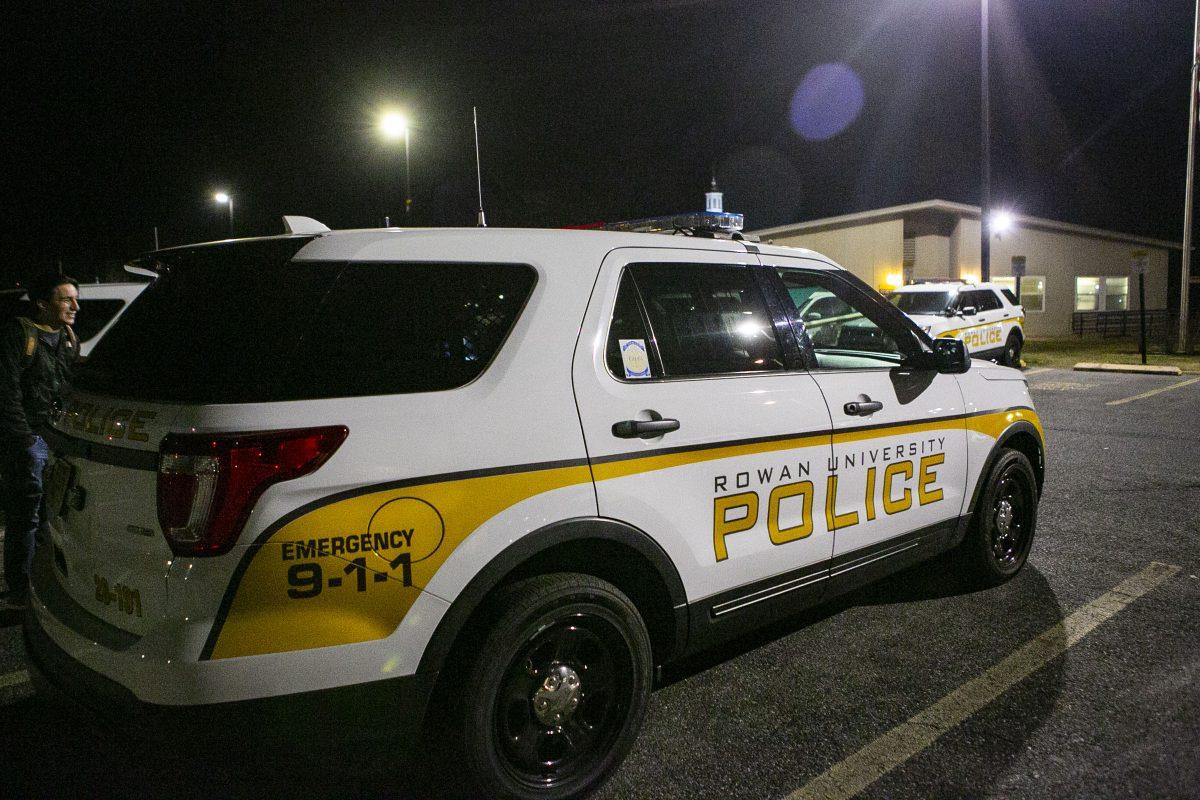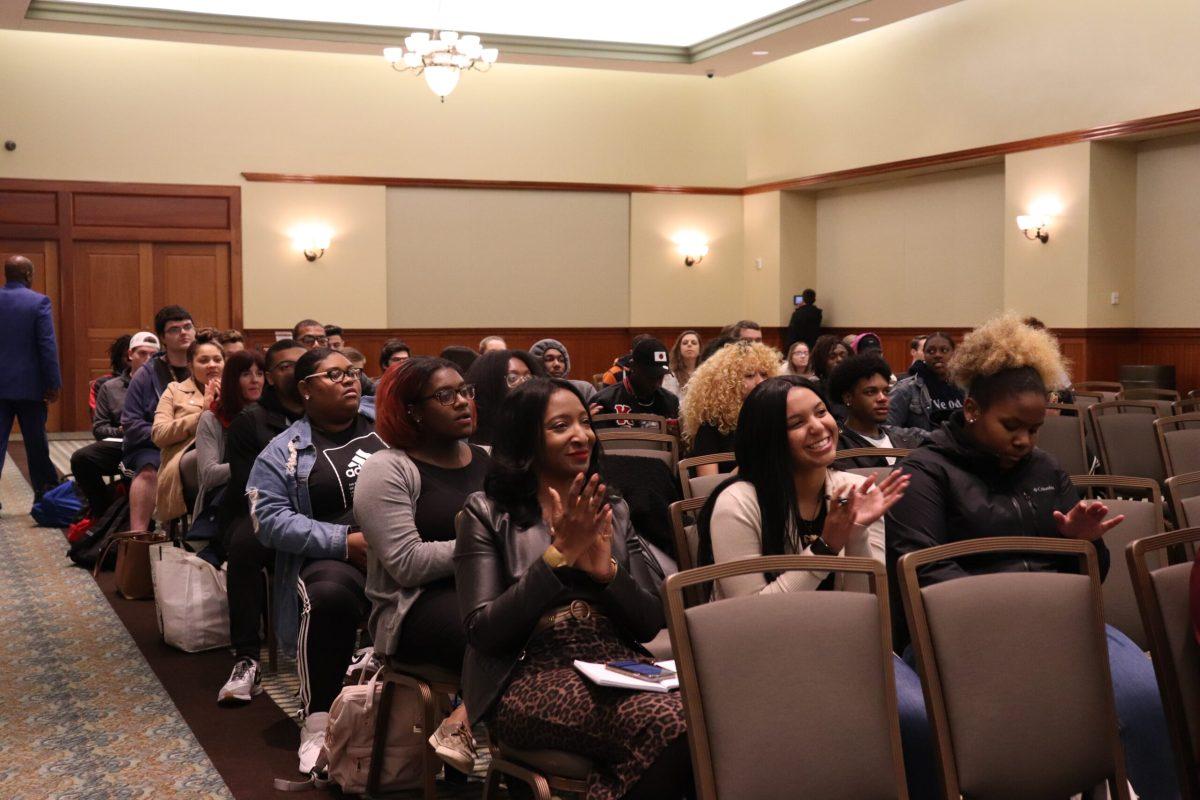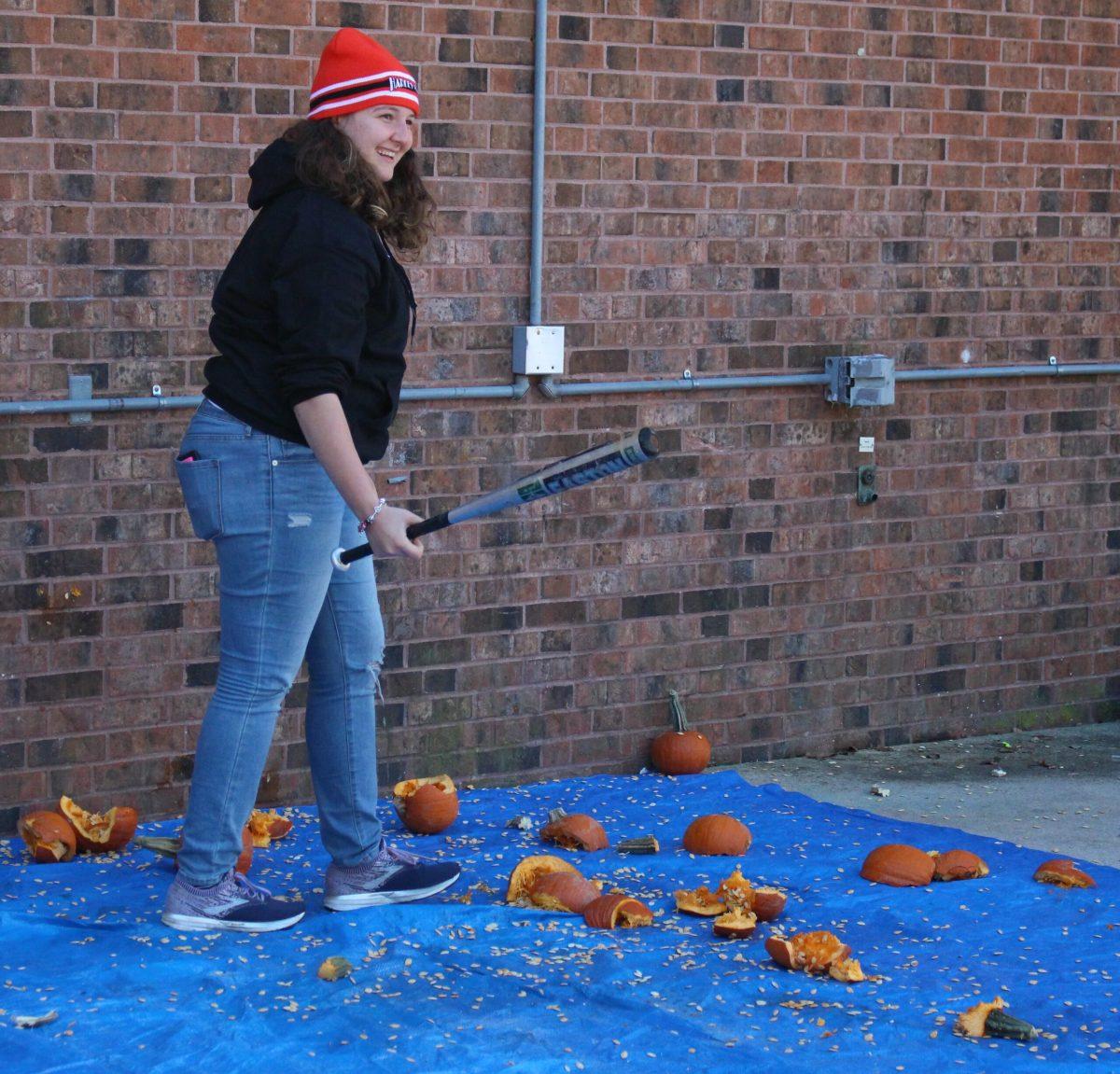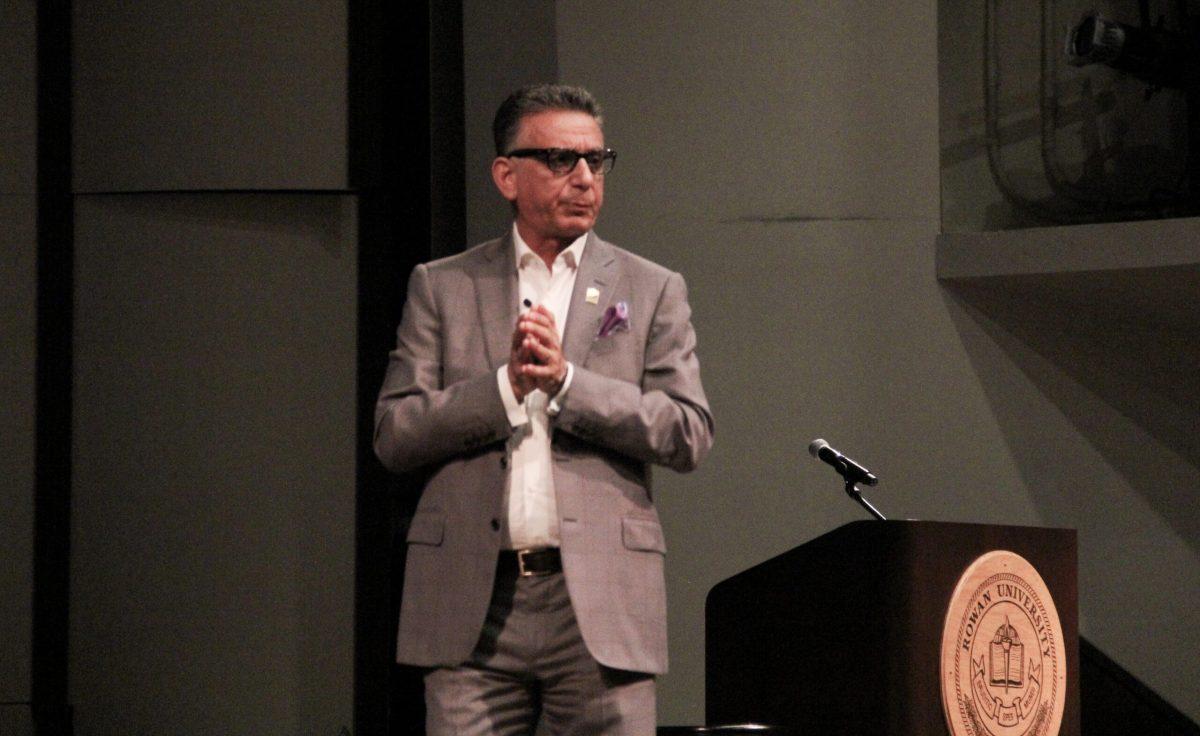The recent release of Rowan’s Annual Security and Fire Safety Report shows increases in several crimes on and near the Glassboro campus over the past five years, though university and public safety officials declined to describe the figures as outright negatives for the community.
Rowan Public Safety compiles and releases a report each year with the help of several departments, including Clery Compliance and the Office of Community Standards (OCS). In accordance with the Clery Act, colleges across the nation that participate in federal financial aid programs are required to record crime data and publish a detailed annual report. The statute was passed in 1990 in response to the backlash that followed the on-campus murder of Lehigh University student Jeanne Clery by a fellow student four years prior.
Based on crime data at Rowan from the past three reports, drug law arrests on the main campus have seen a 388 percent increase since 2011, jumping from 34 to 166 as of 2015.
Ronald Massari, associate director for Clery compliance, said the rise could be the result of the growing student population.
“From the Clery-compliance perspective, generally as the student population grows, as the campus itself grows with more people, the statistics naturally will go up,” said Massari, who works with Rowan Public Safety.
The report also shows that student enrollment continues to grow each year in order to meet Rowan President Ali Houshmand’s goal of 12,000 full-time undergraduate students and a total enrollment target of 25,650 by the 2023-24 school year. The growth is ahead of schedule, according to Rowan’s Office of Analytics, Systems & Applications, with full-time undergraduate enrollment sitting at 11,498 as of Fall 2015.
One of the most glaring statistics in the report was liquor law referrals, coming in at a four-year high of 465. That number has risen by 133 cases, or 40 percent, since 2013.
Another alarming part of the data shows that reported domestic violence and dating violence incidents also continue to climb. The report revealed 25 dating and 23 domestic violence cases for the past year, both the highest totals in five years.

“Domestic violence” is broad under Clery standards, as it can include cases of harassment or altercations between roommates; “dating violence,” on the other hand, strictly refers to issues between individuals in a relationship.
As with drug and alcohol crimes, the rising student population has also played a role in the published relationship violence figures, according to Travis Douglas, assistant vice president for residential learning and inclusion.
“Since 2010, our housing system at Rowan has expanded by 55 percent, so it does make sense that we would see an increase in statistical reports of crimes reported in proportion to that growth,” he said.
Douglas said that, during this same time, Rowan has been “working to increase student awareness of ways to report, and implementing programs encouraging students to do so,” which would also influence the totals.
Title IX Manager Nyssa Taylor, who works with students on incidents, and heads necessary investigations, furthered that elevated numbers can be a positive for the university, being that more students are in fact coming forward to discuss an issue.
According to the National Institute of Justice, one in five college women and one in 16 college men will go through some form of non-consensual sexual activity before graduating.
“I think that that is indicative of the university’s outreach and their educational programs, rather than necessarily an increase in the base level of crime,” Taylor said, “because we do know that sexual assault, domestic violence, dating violence, any kind of interpersonal violence are vastly underreported crimes. The fact that it’s rising, doesn’t look good but I think that it’s actually a good thing. It means they’re trying to encourage the reporting. And I would like to see more.”
Taylor is informed of all sexual assault incidents as a requirement with the exception of cases registered at the Wellness Center, made confidential for student privacy.
When a student comes in to meet with her about a problem, Taylor said she immediately encourages the individual to seek out counseling in the Wellness Center at Winans Hall. She noted how crucial therapy is for sexual assault victims, “especially in those early hours.”
On the preventative end, Rowan takes approaches to these issues with programs through the Sexual Violence Prevention Task Force, which is also housed in the Wellness Center and run by co-chairs Allie Pearce and Amy Hoch. Some programs they coordinate include Green Dot, or bystander intervention, training, and the annual Take Back the Night, an event to support survivors of assault and to speak out against sexual violence.
“They’re really just doing a lot of good things to try to end or reduce violence on campus,” Taylor said. “I know it’s a tricky thing and it’s complicated, but as we’re sort of learning more about this, there a lot of dedicated people over there.”
For comments/questions about this story, email [email protected] or tweet @TheWhitOnline.

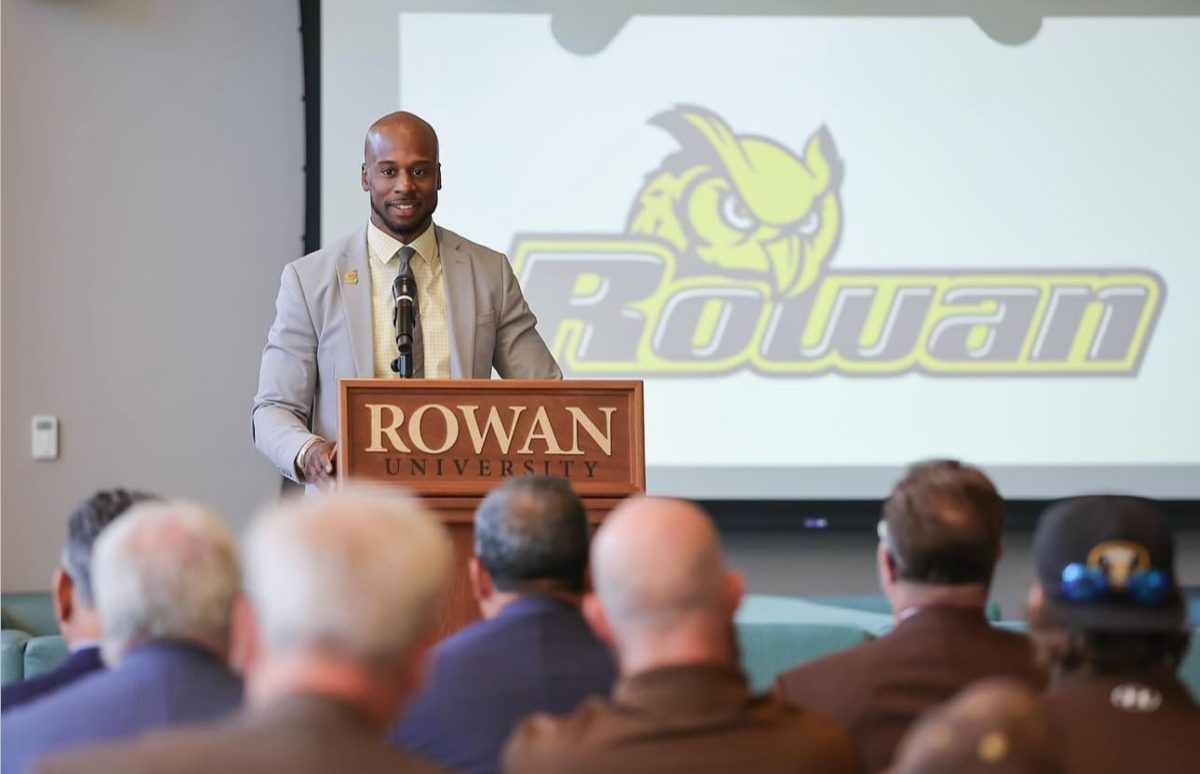


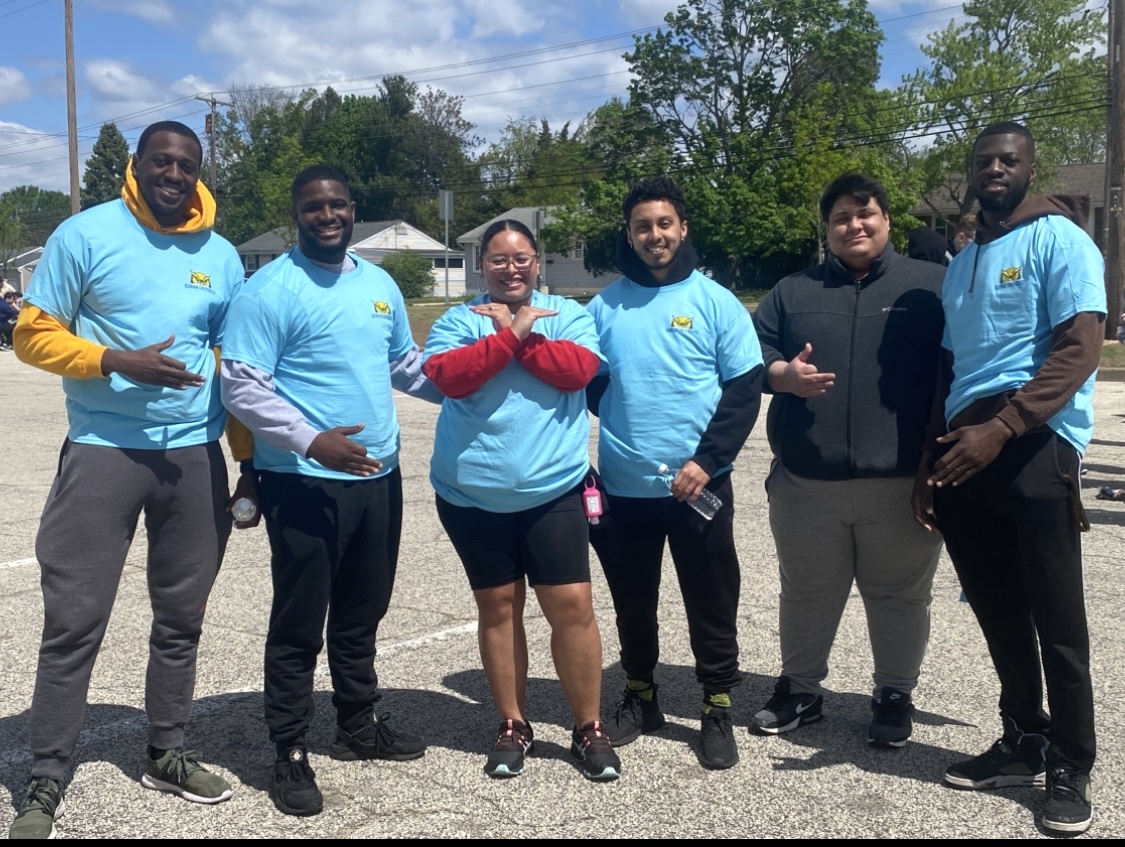















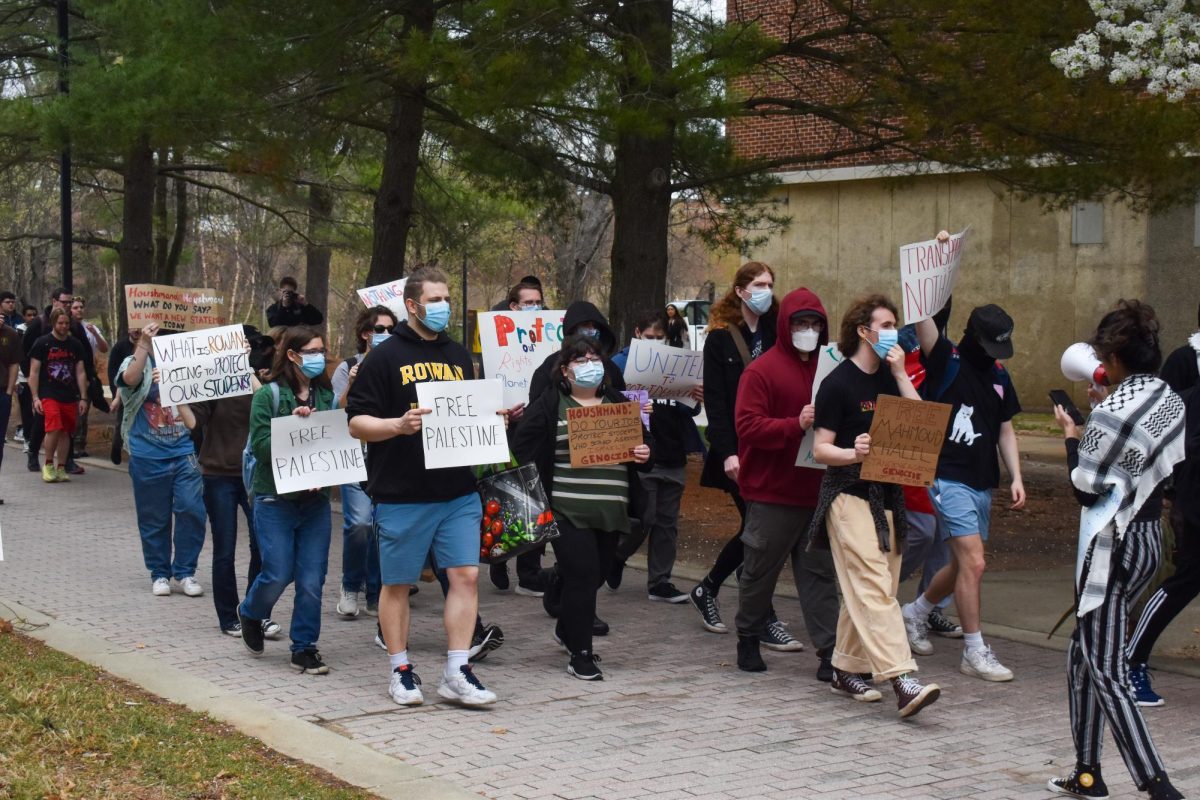





































































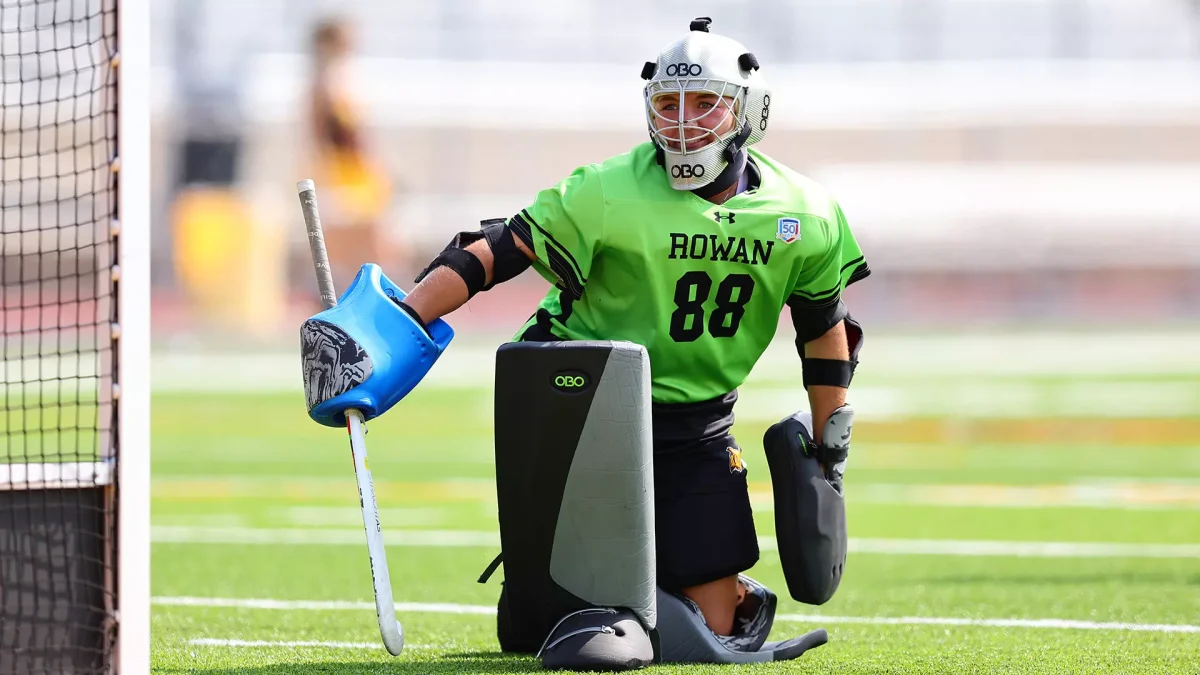






























































!["Working with [Dr. Lynch] is always a learning experience for me. She is a treasure,” said Thomas. - Staff Writer / Kacie Scibilia](https://thewhitonline.com/wp-content/uploads/2025/04/choir-1-1200x694.jpg)









































